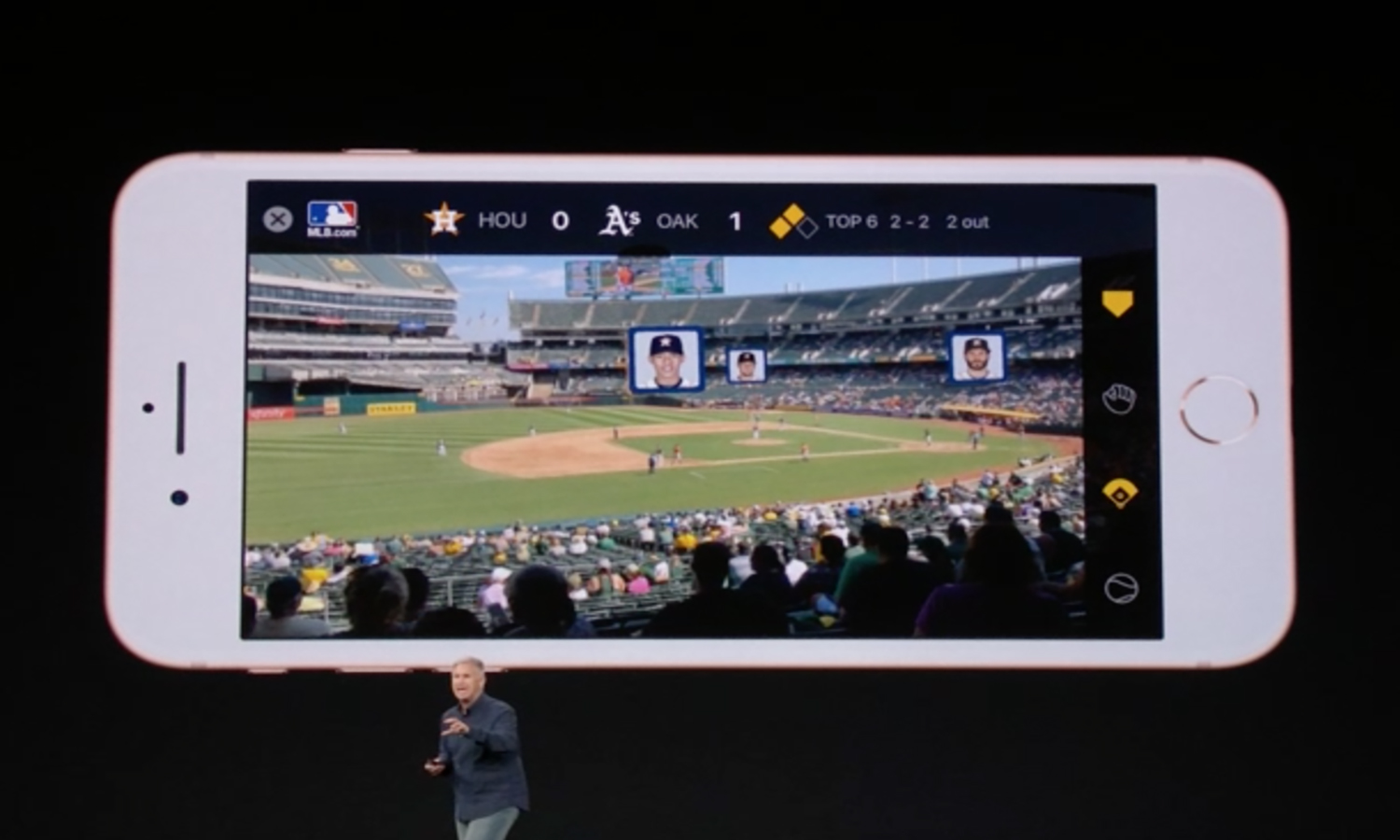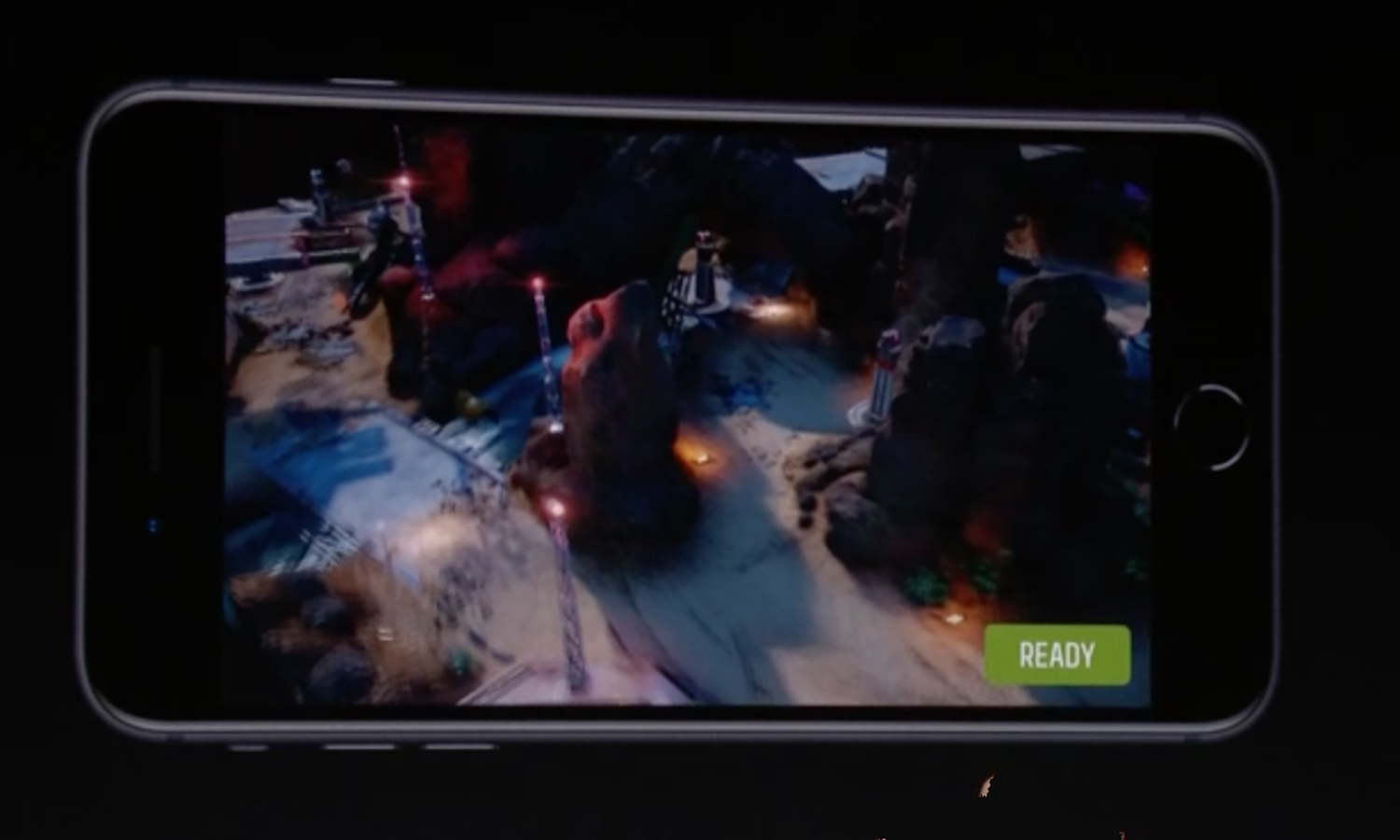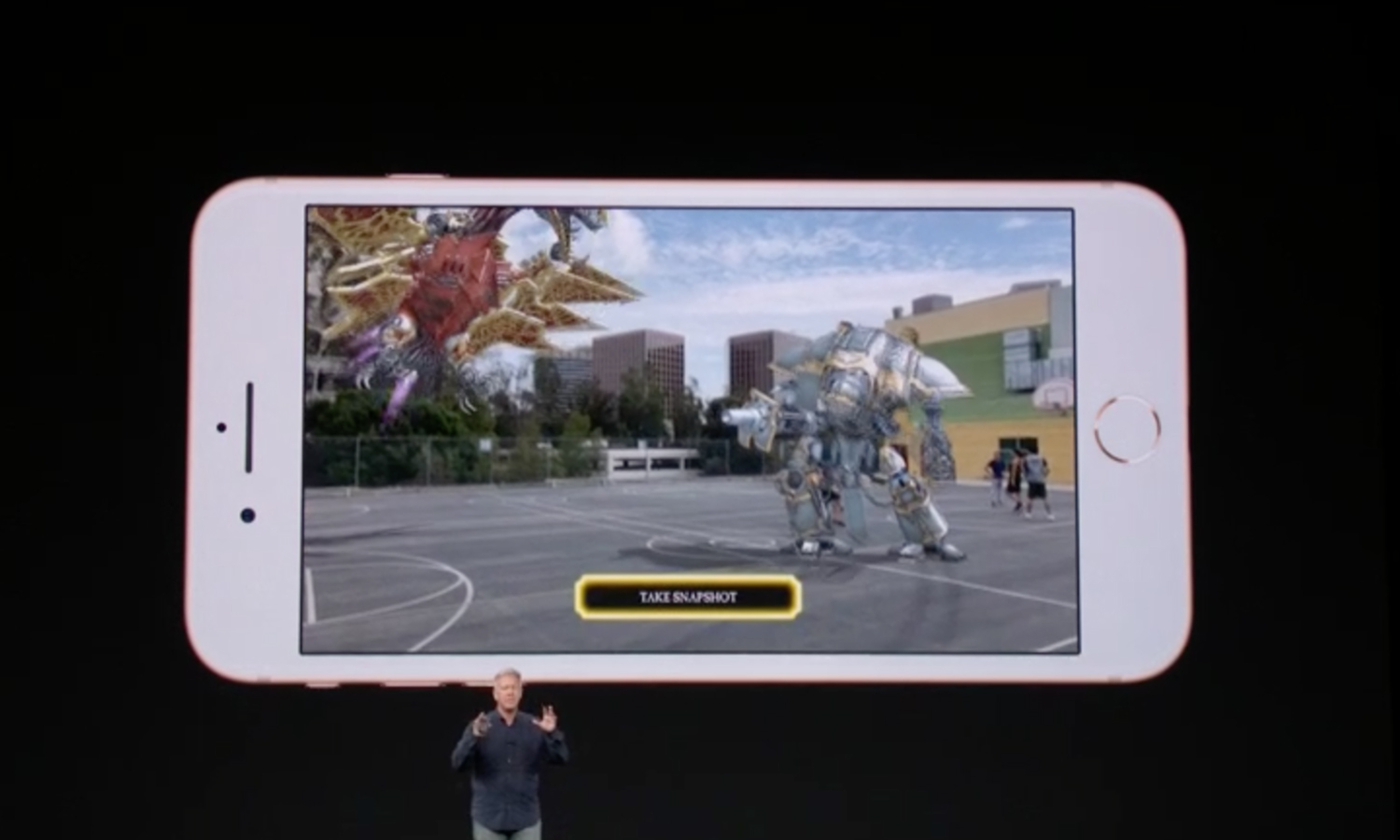What Does iPhone 8 Mean For AR? Not Much Without Better Apps
The iPhone 8 and ARKit could finally usher in the age of augmented reality, but the content needs to catch up to the gee-whiz tech.
It's finally happened. Apple has taken the leap into augmented reality, and that means that the age of AR is upon us. Thanks to the company's ARKit technology and the admittedly impressive new specs inside the iPhone 8 and iPhone X, augmented reality might finally become more than a passing fad.

For better or worse, Apple is known for popularizing new technologies. I mean, this is the company that took the smartphone mainstream, made the iconic iPod and yes, produced the iPad. Apple was also on the forefront of mobile payments and Touch ID. So it's not unreasonable to expect that AR will finally be embraced by more then just Pokemon Go players.
The new iPhones have cameras that are specially calibrated for augmented reality, with better low-light technology, new gyroscopes and accelerometers for accurate motion tracking. The new A11 Bionic processor will handle the heavy lifting, taking care of the world tracking and scene recognition duties. And the custom GPU will make sure everything looks pretty.

Still, I'm not convinced Apple is going to be one to give AR its grand coming out party. The main reason comes down to content. Outside of The Machines, Warhammer 40K Freeblade and some ambitious demos from developers testing the ARKit waters, I haven't seen any major must-have AR apps. That puts it in a similar place to Google, which has been preaching the AR gospel for several years.
Avi Greengart, Research Director of Consumer Devices at GlobalData disagrees. In fact, he's quite bullish on ARKit's potential. Pointing out that "it's not the iPhone 8 that's pushing AR to the forefront, it's iOS 11," software that will also be available on older models of iPhones, essentially turning your iPhone 6 and iPhone 7s into powerful augmented reality devices with a software push.
MORE: Best VR Headsets
"Apple is pushing augmented reality into the mainstream," Greengart explains, "because with the iPhone 8, you don't need an expensive sensor to make it work. Before ARKit, you had Google's Project Tango, which was only featured on two devices." Those smartphones, (the Lenovo Phab Pro 2 and the Asus Zenfone AR "delivered some of the most accurate augmented reality," but for better or worse, never took off.
Sign up to get the BEST of Tom's Guide direct to your inbox.
Get instant access to breaking news, the hottest reviews, great deals and helpful tips.
In the interim, and as a response to ARKit, Google has ditched Project Tango in favor of ARCore, which will give most Android phones AR capabilities. However, Greengart points out that Android's operating system fragmentation will make a universal software push difficult, if not downright impossible.

"Due to Android's fragmentation, software is either pushed out slowly, if at all. With Apple, it's a single push and everyone gets the same features."
Greengart is also a fan of Apple's apps, describing one where you can take an architectural tour of the new Apple Park building, viewing how it looks during the day or night. You can even remove the roof and watch all the Apple engineers working inside. Meanwhile, Google has yet to make a compelling case for the technology outside of playing with a 3D hologram of Spider-Man, building a virtual Lego creation or checking out how that ottoman would look in your living room.
But while ARKit and the iPhone 8 and iPhone X could give AR the push it needs. I'm not entirely convinced. Unless Apple and it's partners roll out a cadre of augmented reality apps when iOS 11 releases on September 19, I can see this promising feature being quickly forgotten.
Sherri L. Smith has been cranking out product reviews for Laptopmag.com since 2011. In that time, she's reviewed more than her share of laptops, tablets, smartphones and everything in between. The resident gamer and audio junkie, Sherri was previously a managing editor for Black Web 2.0 and contributed to BET.Com and Popgadget.

